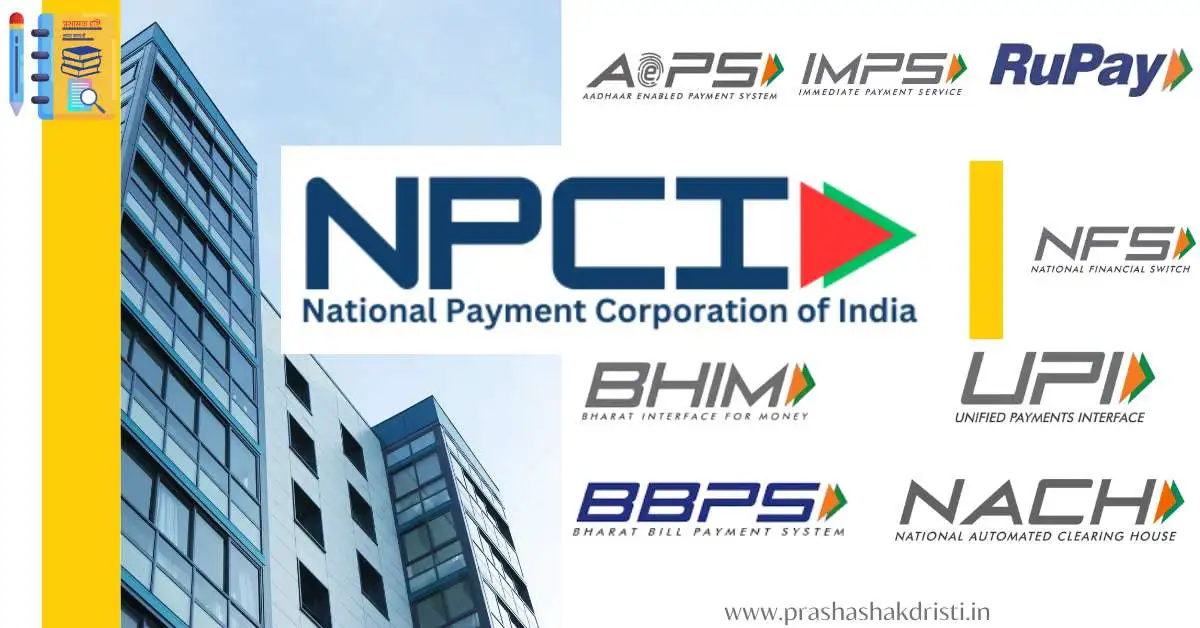The National Payments Corporation of India (NPCI) is a significant entity in India’s financial ecosystem. Established in 2008, NPCI was created to facilitate digital payments and financial transactions across the country. Over the years, it has played a pivotal role in revolutionising the way Indians conduct financial activities.
What is NPCI|National Payments Corporation of India
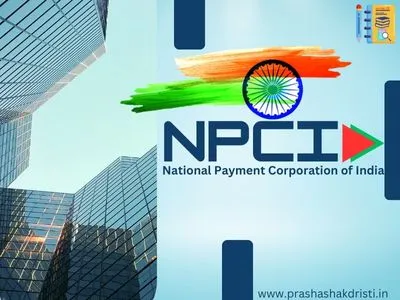
NPCI is a non-profit organisation established under the Companies Act, 1956. It was formed with the guidance and support of the Reserve Bank of India (RBI) and the Indian Banks’ Association (IBA). NPCI’s primary objective is to create a robust payment and settlement infrastructure in India.
NPCI operates various payment systems, which include retail payments, card networks, and interbank transactions. It has successfully developed a wide range of products and services that cater to different segments of the Indian population. The organisation’s headquarters are located in Mumbai, Maharashtra.
History and Evolition of NPCI
National Payments Corporation of India was established as a response to the need for a unified payment system in India. Before National Payments Corporation of India , the payment systems were fragmented, and there was no single entity managing the entire process. The RBI and IBA recognized this gap and decided to create National Payments Corporation of India as a centralised organisation to oversee and manage the country’s payment infrastructure.
Since its inception, NPCI has grown exponentially. It started with the launch of the National Financial Switch (NFS), which allowed for the interconnection of ATMs across the country. This was a significant step in enabling seamless transactions for customers of different banks.
Over the years, It has introduced several innovative products and services. Some of the most notable ones include the Unified Payments Interface (UPI), Bharat Interface for Money (BHIM), Immediate Payment Service (IMPS), and the Aadhaar-enabled Payment System (AePS). These services have made digital payments more accessible and user-friendly for millions of Indians.
Main Product & Services
National Payments Corporation of India offers a wide range of products and services that cater to the diverse needs of the Indian population. Some well known services are –
1. Unified Payments Interface (UPI)
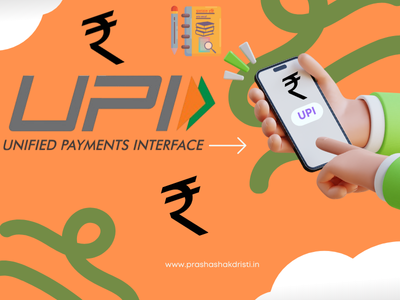
UPI is one of this settlement system’s flagship products. It is a real-time payment system that allows users to link multiple bank accounts to a single mobile application. UPI gives the facility to transfer money between one bank account to another with the help of smartphone devices. The system has gained immense popularity due to its simplicity and convenience. It is now widely used for both small and large transactions, making it one of the most successful digital payment systems in India.
2. Bharat Interface for Money (BHIM)

BHIM is another significant product developed by this settlement system. It is a mobile application based on the UPI platform. The app allows users to make payments using their mobile numbers or UPI IDs. BHIM was launched to promote digital transactions among the masses, especially those who are not tech-savvy. It is easy to use and is available in multiple languages, making it accessible to a broad audience.
3. Immediate Payment Service (IMPS)
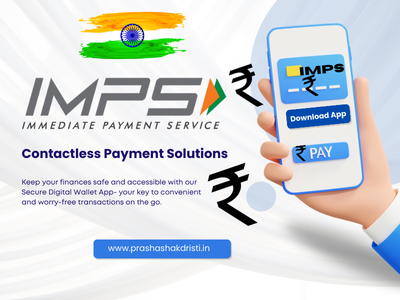
IMPS is an instant interbank electronic fund transfer service developed by National Payments Corporation of India . It allows users to transfer money instantly, 24/7, including on holidays. IMPS is a secure and convenient way to transfer funds and is widely used for various types of transactions, including bill payments and online purchases.
4. Aadhaar-enabled Payment System (AePS)
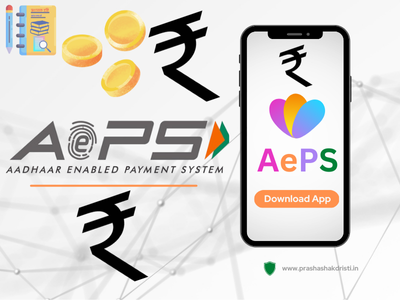
Aadhaar-enabled Payment System (AePS) is a payment service that allows users to make transactions using their Aadhaar number and high security biometric authentication. It is primarily used for financial inclusion and is popular in rural areas where access to traditional banking services is limited. AePS enables users to perform various banking transactions, including cash withdrawals, balance inquiries, and fund transfers, using their Aadhaar-linked bank accounts.
5. National Financial Switch (NFS)
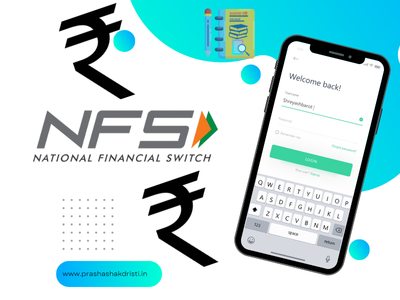
The National Financial Switch is one of this settlement system’s earliest initiatives. It is an ATM network that connects ATMs of different banks across the country. NFS allows customers to withdraw cash and perform other ATM transactions, regardless of their bank. This has made ATM services more accessible and convenient for customers.
6. RuPay
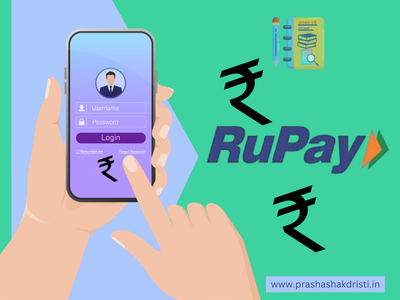
RuPay is National Payments Corporation of India’s domestic card payment network. It was introduced as an alternative to international card networks like Visa and Mastercard. RuPay cards are issued by many banks in India and can be used for various transactions, including ATM withdrawals, online purchases, and point-of-sale (POS) transactions. RuPay has gained popularity due to its lower transaction fees and widespread acceptance.
7. NACH

The National Automated Clearing House (NACH) is an efficient offline system designed to handle large-scale push and pull transactions. It offers an electronic mandate platform, which simplifies the collection process for both corporations and banks by eliminating the need for physical paperwork. NACH supports transactions linked to both traditional bank accounts and Aadhaar numbers, ensuring seamless and secure processing.
8. BBPS
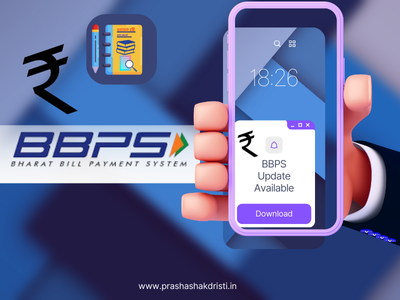
The Bharat Bill Payment System (BBPS) is a unified platform that simplifies the process of paying recurring bills across various sectors. It caters to over 200 billers, covering essential services such as electricity, gas, water, telecom, and DTH. Additionally, BBPS supports payments for loan repayments, insurance premiums, FASTag recharges, and cable services. This system provides a convenient and centralized solution for consumers across India, ensuring that all their bill payment needs are met efficiently in one place.
9. NETC
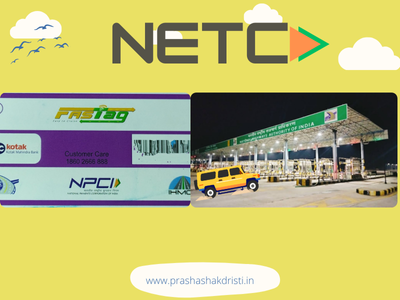
The National Payments Corporation of India (NPCI) launched the National Electronic Toll Collection (NETC) system to address India’s need for seamless electronic toll payments. This system allows drivers to pay tolls at national, state, and city levels effortlessly through FASTag, an RFID-enabled sticker placed on the vehicle’s windshield. By automatically identifying vehicles, FASTag facilitates toll payments without requiring drivers to stop, thereby conserving both fuel and time while ensuring a smoother journey through toll plazas.
Core Promoters of NPCI
Here’s a table listing the ten core promoter banks of NPCI:
| S.No. | Bank Name | Type | Headquarters |
|---|---|---|---|
| 1 | State Bank of India (SBI) | Public Sector Bank | Mumbai, Maharashtra |
| 2 | Punjab National Bank (PNB) | Public Sector Bank | New Delhi, Delhi |
| 3 | Canara Bank | Public Sector Bank | Bengaluru, Karnataka |
| 4 | Bank of Baroda | Public Sector Bank | Vadodara, Gujarat |
| 5 | Union Bank of India | Public Sector Bank | Mumbai, Maharashtra |
| 6 | Bank of India (BOI) | Public Sector Bank | Mumbai, Maharashtra |
| 7 | ICICI Bank Limited | Private Sector Bank | Mumbai, Maharashtra |
| 8 | HDFC Bank Limited | Private Sector Bank | Mumbai, Maharashtra |
| 9 | Citibank N.A. | Foreign Bank | New York, USA |
| 10 | HSBC | Foreign Bank | London, United Kingdom |
What is the role of NPCI in financial inclusion ?
National Payments Corporation of India has played a crucial role in promoting financial inclusion in India. By developing products like AePS and UPI, It has made it easier for people in rural and remote areas to access banking services. The organisation’s focus on creating simple and user-friendly payment systems has helped bridge the gap between the unbanked population and the formal banking sector.
NPCI’s initiatives have also contributed to the government’s vision of a Digital India. By promoting cashless transactions and reducing dependency on physical currency, It has helped drive the country’s transition towards a more digital economy.
Achievement & Milestone
Over the years,National Payments Corporation of India has achieved several significant milestones. Some of the key achievements include:
- UPI’s Success: UPI has become one of the most widely used payment systems in India. As of 2023, UPI processes over 7 billion transactions per month, making it one of the largest real-time payment systems globally.
- Expansion of RuPay: RuPay cards have seen widespread adoption across the country. As of 2023, there are over 600 million RuPay cards in circulation, making it one of the most popular card networks in India.
- Growth of AePS: AePS has been instrumental in promoting financial inclusion. It has enabled millions of people in rural areas to access banking services, including cash withdrawals and fund transfers, using their Aadhaar-linked bank accounts.
- IMPS Milestones: IMPS has grown to become one of the most reliable and widely used fund transfer services in India. It processes millions of transactions daily and has set new benchmarks for digital payments.
Challenges & Future Propects
Despite its success, National Payments Corporation of India faces several challenges. One of the primary challenges is ensuring the security of digital transactions. As digital payments continue to grow, the risk of cyber threats also increases. NPCI must continuously invest in technology and infrastructure to protect users from fraud and other security risks.
Another challenge is expanding digital payment services to more remote and rural areas. While It has made significant strides in promoting financial inclusion, there is still a long way to go. The organisation must continue to innovate and develop solutions that cater to the unique needs of these regions.
Looking ahead, It is well-positioned to continue its growth trajectory. The organisation’s focus on innovation and customer-centric solutions will likely drive its success in the coming years. With the Indian government’s push towards a cashless economy, NPCI’s role in shaping the future of digital payments in India will only become more critical.
Conclusion
The National Payments Corporation of India has been a game-changer in the country’s financial landscape. Its innovative products and services have made digital payments more accessible and secure for millions of Indians. NPCI’s contribution to financial inclusion and the growth of a cashless economy cannot be overstated. As it continues to evolve and adapt to new challenges, It will remain a cornerstone of India’s payment infrastructure for years to come.
You can also read – NIRF Ranking 2024
FAQs
What is NPCI?
NPCI stands for the National Payments Corporation of India, a non-profit organisation that manages and oversees digital payment systems in India.
What are some of NPCI’s key products?
Some of NPCI’s key products include UPI, BHIM, IMPS, AePS, NFS, and RuPay.
How does NPCI promote financial inclusion?
NPCI promotes financial inclusion by developing simple and accessible payment systems like AePS and UPI, which are widely used in rural areas.
What is UPI?
UPI, or Unified Payments Interface, is a real-time payment system developed by NPCI that allows instant money transfers between bank accounts using a smartphone.
What is RuPay?
RuPay is NPCI’s domestic card payment network, introduced as an alternative to international card networks like Visa and Mastercard.

